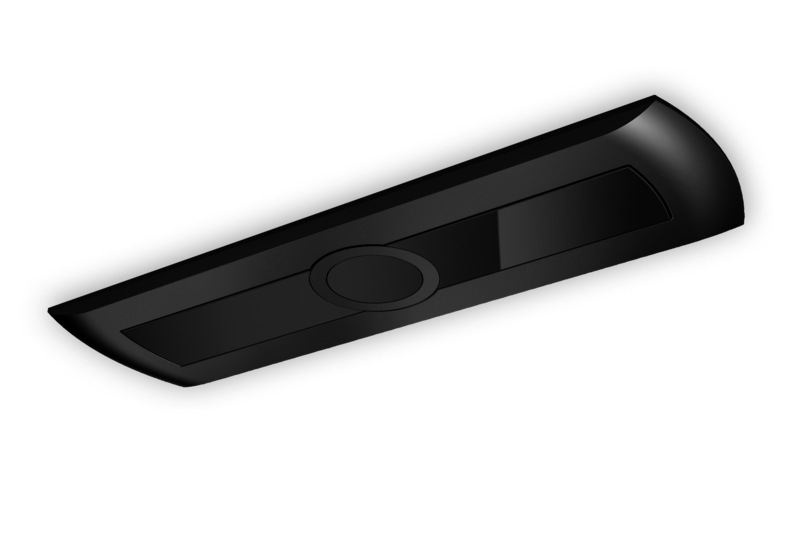
Time of Flight
Accurate results from leading 3D sensors for Automatic Passenger Counting
iris sensors for Automatic Passenger Counting work according to the time-of-flight (TOF) principle. This means that the propagation time of invisible infrared light is measured. The sensors emit the light, and objects in their field of vision reflect it back to the sensor.
The sensors base their measurement of the distance to the objects on the light propagation time (time of flight). This yields informative 3D images which can be evaluated reliably and fully automatically. This technology is the leading technology in Automatic Passenger Counting.
Benefits for public transport companies
TOF technology enables extremely accurate measurements of persons as well as baggage and objects. Public transport companies benefit from precise and sturdy high-tech sensors that operate efficiently and reliably.
Time of Flight: Measurement of the light propagation time
A time-of-flight sensor continuously emits sinusoidal modulated light outside the visible range. It is reflected by objects in its field of vision and then registered by the sensor. The time between the emission and reception of the reflected infrared light is called the “time of flight” (TOF). This principle of measuring the propagation time of light yields accurate results in Automatic Passenger Counting.
3D images in real time
Time-of-flight sensors provide three-dimensional images in real time. The images are particularly informative and can be evaluated fully automatically by a signal processor. Latest-generation time-of-flight sensors ensure maximum reliability and accuracy in Automatic Passenger Counting.
Reliability both day and night
Time-of-flight sensors are developed for permanent and long-term use in public transport. Environmental influences like changing lighting conditions, temperature variations and humidity in buses or trains do not affect the light propagation time.
